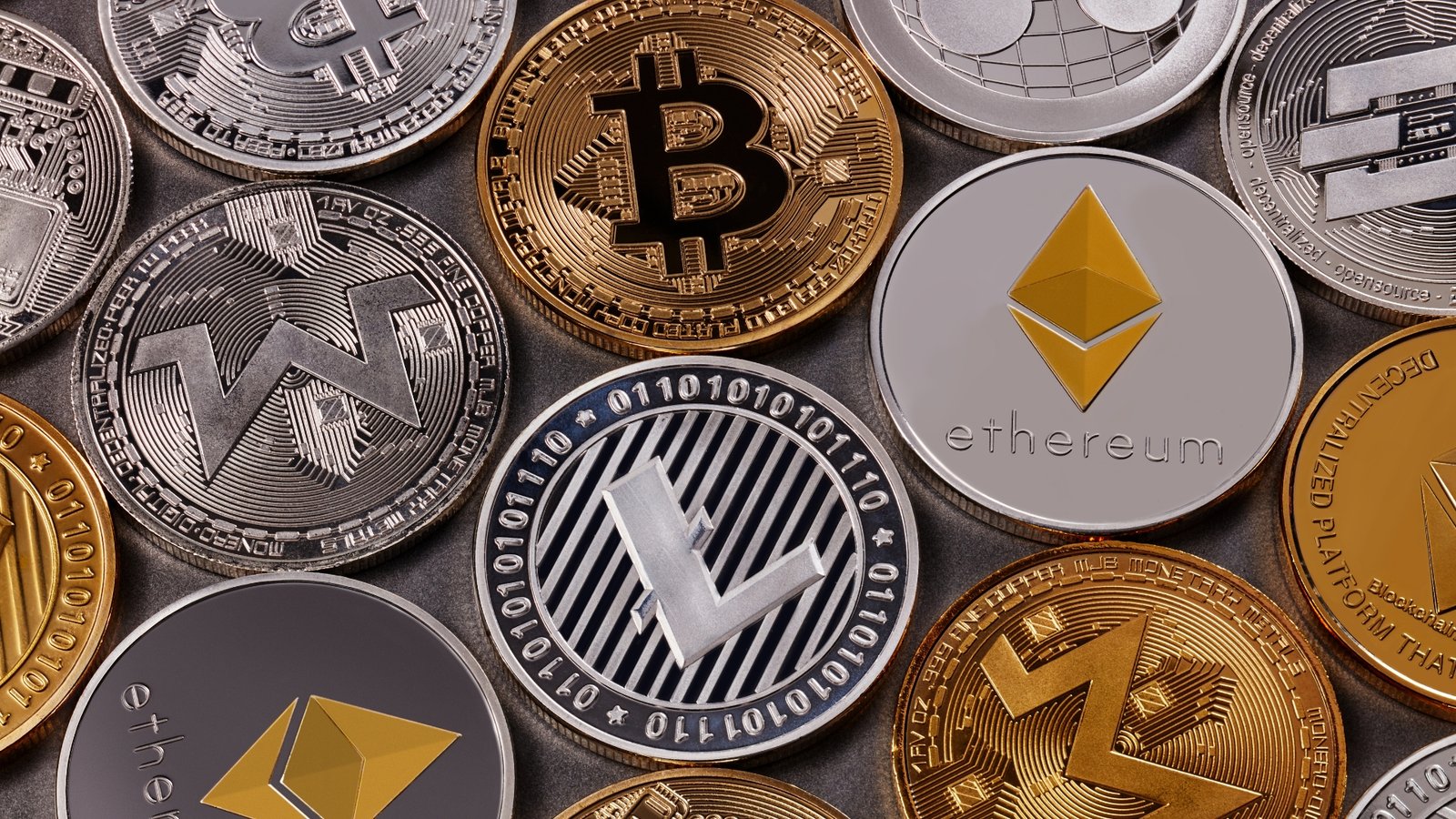Cryptocurrencies are digital assets that use cryptography to secure transactions and control the creation of new units. They are decentralized, meaning they operate without the need for a central authority or intermediary. Cryptocurrencies have been gaining popularity and value in recent years, as more people and businesses adopt them for various purposes.
However, not all cryptocurrencies are created equal. Some have more potential than others to deliver high returns in the future, based on factors such as innovation, adoption, scalability, security, and market sentiment. In this blog post, we will explore 10 cryptocurrencies that could make you rich in 2024, based on their current performance and future prospects.
The 10 cryptocurrencies that we will cover are:
– Bitcoin (BTC): The first and most dominant cryptocurrency, with a market cap of over $800 billion and a price of around $42,000 as of January 2024. Bitcoin is widely regarded as a store of value and a hedge against inflation, as well as a medium of exchange and a global payment system. Bitcoin is expected to reach new highs in 2024, as more institutional investors, corporations, and governments embrace it as a legitimate asset class].
– Ethereum (ETH): The second-largest cryptocurrency by market cap, with a value of over $300 billion and a price of around $2,500 as of January 2024. Ethereum is both a cryptocurrency and a blockchain platform that enables smart contracts, decentralized applications, and non-fungible tokens (NFTs). Ethereum is undergoing a major upgrade called Ethereum 2.0, which aims to improve its scalability, security, and energy efficiency. Ethereum is predicted to surpass Bitcoin in market cap by 2024, as it becomes the backbone of the decentralized web.
– Solana (SOL): A fast-growing cryptocurrency that ranks third by market cap, with a value of over $40 billion and a price of around $130 as of January 2024. Solana is a blockchain platform that claims to offer the fastest, cheapest, and most scalable transactions in the crypto space, with a capacity of over 50,000 transactions per second and an average fee of less than $0.01. Solana is attracting a lot of attention and investment from developers, users, and institutions, as it hosts a variety of innovative projects in the fields of DeFi, NFTs, gaming, and social media.
– Binance Coin (BNB): The native token of Binance, the world’s largest and most popular cryptocurrency exchange, with a market cap of over $40 billion and a price of around $250 as of January 2024. Binance Coin is used to pay fees, trade, and access various services on the Binance platform, as well as on its own blockchain, Binance Smart Chain, which supports a large ecosystem of DeFi and NFT projects. Binance Coin is expected to grow in value and utility as Binance continues to expand its global reach and dominance in the crypto industry.
– Avalanche (AVAX): A rising star in the crypto space, with a market cap of over $20 billion and a price of around $100 as of January 2024. Avalanche is a blockchain platform that enables the creation of custom blockchains, smart contracts, and decentralized applications, with high speed, low cost, and interoperability. Avalanche is gaining traction and adoption as a leading platform for DeFi, NFTs, and enterprise solutions, with over 300 projects built on its network and over $10 billion in total value locked.
– XRP (XRP): The cryptocurrency of Ripple, a company that provides cross-border payment solutions using blockchain technology, with a market cap of over $15 billion and a price of around $0.30 as of January 2024. XRP is used to facilitate fast, cheap, and secure transactions between different currencies and networks, with over 300 financial institutions and payment providers using Ripple’s products and services. XRP is expected to recover and thrive in 2024, as Ripple resolves its legal dispute with the U.S. Securities and Exchange Commission (SEC) and expands its global partnerships and customer base.
– Helium (HNT): A unique and innovative cryptocurrency that rewards users for providing wireless coverage for the Internet of Things (IoT) devices, with a market cap of over $10 billion and a price of around $80 as of January 2024. Helium is powered by a network of over 400,000 hotspots, which are low-power devices that create a decentralized and secure wireless network. Helium is poised to disrupt the telecom industry and enable a new wave of IoT applications, such as smart cities, logistics, agriculture, and healthcare.
– WOO Network (WOO): A newcomer to the crypto scene, with a market cap of over $5 billion and a price of around $5 as of January 2024. WOO Network is a platform that connects retail and institutional traders, exchanges, and liquidity providers, with the aim of creating a transparent, efficient, and low-cost trading environment. WOO Network offers a range of products and services, such as WOO X, a zero-fee crypto exchange, WOO Trade, a professional trading terminal, and WOO FI, a DeFi protocol that allows users to earn passive income by providing liquidity.
– Bonk (BONK): The first dog-themed coin on the Solana blockchain, created “for the people, by the people”, with a market cap of over $1 billion and a price of around $0.10 as of January 2024. Bonk is a meme coin with a twist, as it plans to launch a play-to-earn game with meme characters, called Bonk Kombat, which will be powered by artificial intelligence and blockchain technology. Bonk is also a community-driven project, with a fair launch, no pre-sale, and no team tokens. Bonk aims to become the next big thing in the crypto gaming and meme space.
– Sponge V2 (SPONGEV2): The successor of Sponge V1, which was a meme coin that returned 100x to early investors, with a market cap of over $500 million and a price of around $0.05 as of January 2024. Sponge V2 is a deflationary token that burns 2% of every transaction, creating a scarcity effect and increasing its value over time. Sponge V2 also plans to launch a play-to-earn game, called SpongeBob SquarePants: Battle for Bikini Bottom, which will feature popular characters from the cartoon series and allow users to earn rewards by playing and collecting NFTs.
These are the 10 cryptocurrencies that we believe have the most potential to make you rich in 2024. Of course, this is not financial advice, and you should always do your own research and due diligence before investing in any cryptocurrency. Cryptocurrencies are volatile and risky, and you should only invest what you can afford to lose. However, if you are looking for some exciting and promising opportunities in the crypto space, these 10 coins might be worth considering. Happy investing!




